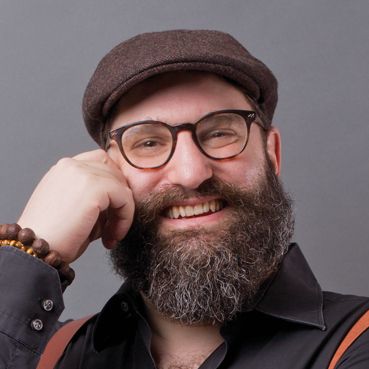Continuing education
— Meridian Interactions for treating pain and other local problems —
Unified Acupuncture Theory (UAT) is a method for understanding the mechanisms of how acupuncture works. The UAT model is a tool that explains the underlying principles of meridian systems and interactions and it is used as the framework for all treatment possibilities. Coming from an integrative mindset, UAT facilitates an inter-disciplinary approach to acupuncture.
In this 2-day Foundations course, you get a clear understanding of how meridians interact using 6 different systems and how the principles of Dr. Tan’s Balance Method, I-Ching, Distal Needling with Imaging and Mirroring, 5 Element Theory, Saam Acupuncture, Master Tong’s Acupuncture, Japanese Meridian Theory, Manaka Acupuncture, and Applied Channel Theory are unified into a simple system that underlies all these principles.
Choosing points by understanding the meridian interactions
To learn how meridians interact, start by remembering this simple rule: do not put needles where there is already pain, but instead choose a distal location to relieve the pain and treat the underlying problem. This is the root of meridian interactions and all other distal needling approaches. The key is choosing the right placement for the needles. To make the right choice, understanding the hows and whys of meridian interactions is therefore of the greatest importance!
This means you can say goodbye to memorizing acupuncture points and applying rigid treatment plans. Jonathan Shubs will break down various distal needling approaches to their very basic building blocks which allows you to understand and apply the various systems easily and effectively.
If you are already a practitioner of distal needling or balance method acupuncture systems, you will gain a deeper understanding of what you are already practicing which will, in turn, increase efficiency and efficacy. You will walk away with a better grasp of your treatment and clinical approach as well as simple, effective clinical tools.
TCM has taught us that each point has indications as to its function. These indications are often given without an explanation as to why or how the point works. This course demystifies this seemingly empirical information and gives the acupuncturist confidence in their treatment plan and allows them to know that their patients will get better.
A note from Jonathan on the course
There are many approaches that teach the same basic idea. Dr. Tan’s Balance method, Master Tong’s acupuncture, Distal Needling, to name a few, give you a basic simple system that if applied exactly as taught, will give clinical results.
What makes UAT meridian interactions different is that it breaks down the systems and the logic into bite-size bits and reassembles them so not only do you have a system that you can use, but you have a system that you can understand. This means that in this course you will get all the information you would get from any other distal needling approach AND you will leave with understanding why it works.
Many people say, “why do I need to know why it works? If it works that is good enough for me.” As much as I can understand that view, I have to disagree. Because IF you have a system that you do not understand but can use then you can not adjust, incorporate your previous or new knowledge, or evolve as a therapist. Without understanding, you are limiting yourself. And I would argue that it is a disservice to yourself and especially to your patients.
My opinion is that with UAT Meridian Interactions you learn how to do it, why it works and most importantly you learn to incorporate all the other styles of acupuncture you have learned or will learn. With other courses, you are limited to only using their method. With UAT you are invited to understand the mechanisms of the system and then create your own style.
Material and hand-outs
The course has 4 handouts as well as a PowerPoint presentation.

 Jonathan Shubs
Jonathan Shubs